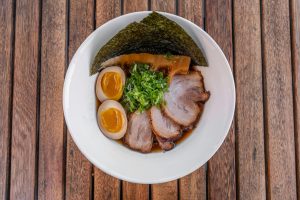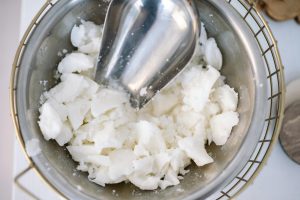Ancestral Fermentation: Reviving Lost Pickling Techniques
Fermentation has been used for centuries as a means of preserving food, particularly in the form of pickling. However, with the rise of modern food processing methods, many of the traditional pickling techniques have been lost or forgotten. But recently, there has been a growing interest in ancestral fermentation, which entails reviving these lost pickling techniques. Not only is this a way to preserve food, but it also offers numerous health benefits. Let’s explore the art and science of ancestral fermentation and how it is being embraced today.
The History of Ancestral Fermentation
Pickling, or preserving food in a brine or vinegar solution, has been practiced for thousands of years by various cultures around the world. This method of preserving food was essential before the advent of refrigeration, as it allowed people to store fruits, vegetables, and other perishable items for extended periods. In ancestral fermentation, microorganisms such as bacteria and yeast are used to convert the sugars in food into lactic acid, creating a natural, acidic environment that prevents the growth of harmful bacteria.
The Benefits of Ancestral Fermentation
In addition to preserving food, ancestral fermentation also offers a host of health benefits. Fermented foods are rich in probiotics, which are live and beneficial microorganisms that can improve digestion and boost the immune system. These foods also contain a wide range of vitamins, minerals, and enzymes that can help with nutrient absorption and overall gut health. Since ancestral fermentation does not involve heat or pasteurization, the beneficial enzymes and bacteria in the food remain intact, providing maximum health benefits.
Reviving Lost Pickling Techniques
With the industrialization of food production, many traditional pickling methods have been replaced by mass-produced, store-bought options. However, these processed pickles lack the same nutritional value and health benefits as homemade, traditionally pickled foods. Ancestral fermentation is a way to revive these lost pickling techniques and bring back the nutrition and flavor of traditional fermented foods.
One popular technique is lacto-fermentation, which uses salt and water to create a brine that encourages the growth of beneficial bacteria. This is commonly used in pickling vegetables such as cucumbers, cabbage, and beets. Another method is wild fermentation, which involves using the naturally occurring microorganisms present in the air to ferment the food. This method is often used for making pickles, sauerkraut, and kimchi.
Embracing Ancestral Fermentation Today
In recent years, there has been a resurgence of interest in ancestral fermentation. This is partly due to the increasing awareness of the health benefits of probiotics and the negative effects of processed foods on our gut health. Moreover, with the rise of the farm-to-table movement and a greater appreciation for traditional foods, many people are looking to their ancestors for guidance on how to eat and live a healthier lifestyle.
There are many resources available for anyone looking to try their hand at ancestral fermentation. From books and blogs to workshops and classes, there are many ways to learn about this ancient art. Many also find joy in experimenting with different ingredients and techniques to create their own unique fermented foods at home.
In Conclusion
Ancestral fermentation is not just a way of preserving food; it is a way of reconnecting with our roots, embracing traditional methods, and reaping the health benefits of naturally fermented foods. With its rise in popularity, we can look forward to seeing a wider variety of fermented foods on our plates and in our pantries. So if you want to add a healthy and delicious twist to your diet, why not try reviving some of these lost pickling techniques yourself?











